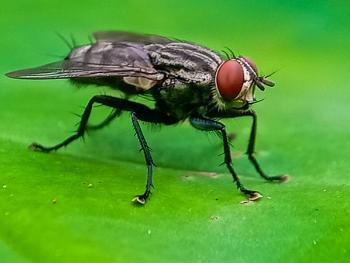
The danger of household lilies
Renee Schmid, DVM, DABT, DABVT, senior veterinary toxicologist and director, veterinary medicine at Pet Poison Helpline, discusses how a popular spring flower can be toxic to cats.
Renee Schmid, DVM, DABT, DABVT, senior veterinary toxicologist and director, veterinary medicine at Pet Poison Helpline, spoke about
Easter lilies [or Lilium longiflorum], in particular, are a religious symbol of the Easter holiday and are traditionally popular in the spring. Pet owners should immediately call a veterinarian if a cat has, or may have, eaten an Easter lily leaf.1
The following is a transcript of the video:
Renee Schmid, DVM, DABT, DABVT: So, the main lilies that we're concerned about concerned about are the renal toxic or the kidney toxic lilies. And those are the ones that are in the Lilium species, and the Hemerocallis [or daylily] as well. And so those are ones that we can see kidney failure developing in cats, and we often see them in fresh cut bouquets in the household. They also might be outside in landscaping, as well.
All parts of the lily are considered to be toxic, including the pollen from that particular plant. And so, what we want to do is to make sure that those animals don't have any access. Ideally, No Lilies for Kitties is a [Pet Poison Helpline] campaign that we have. At noliliesforkitties.com, you can find different alternatives to plants, and different, safer plants for your pets in the home.
Reference
- Mahr S. Easter Lily, Lilium longiflorum. University of Wisconsin-Madison, Horticulture-Extension. Accessed January 31, 2024. https://hort.extension.wisc.edu/articles/easter-lily-lilium-longiflorum/
Newsletter
From exam room tips to practice management insights, get trusted veterinary news delivered straight to your inbox—subscribe to dvm360.




